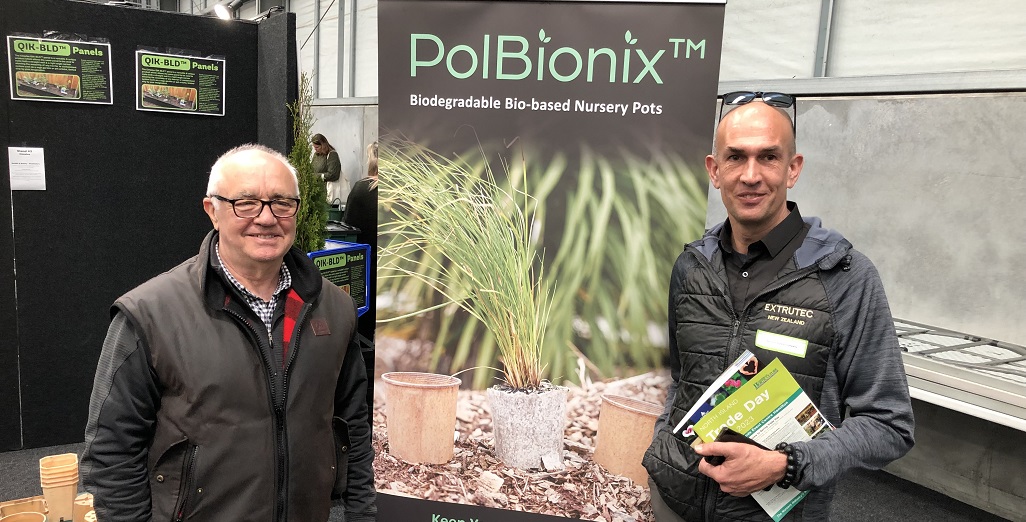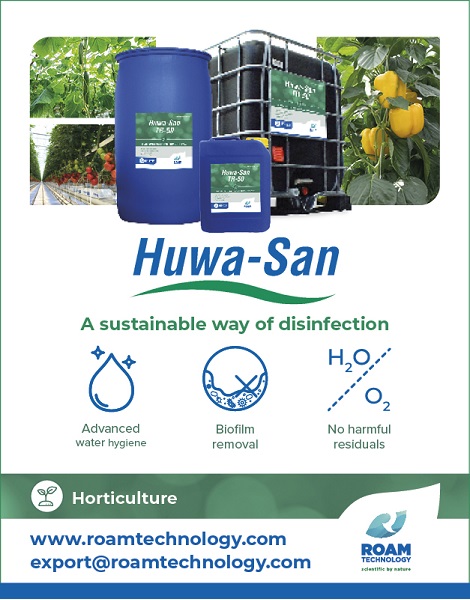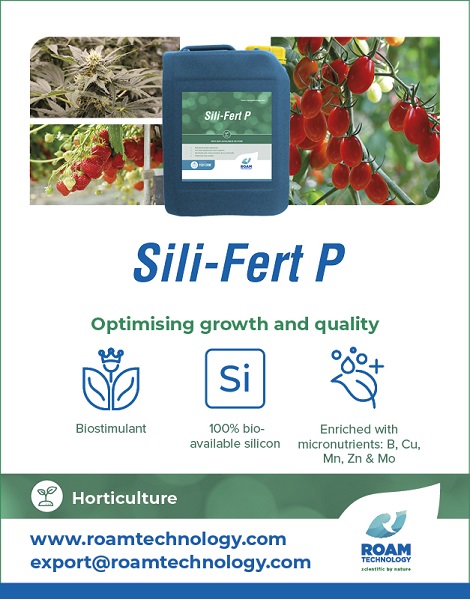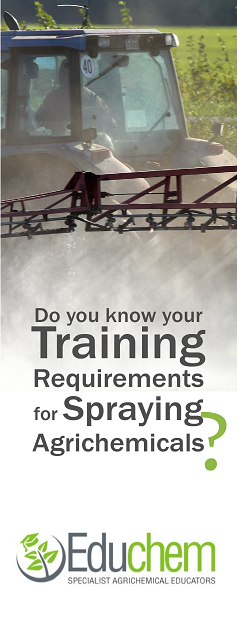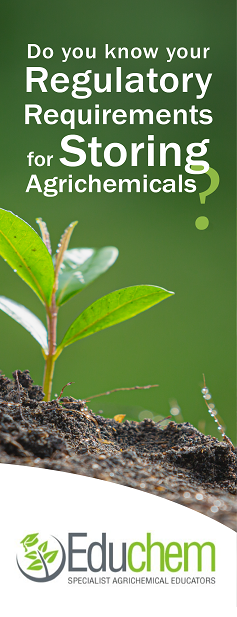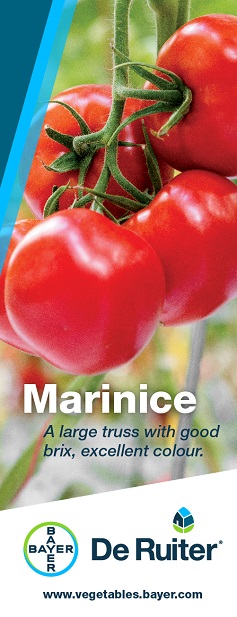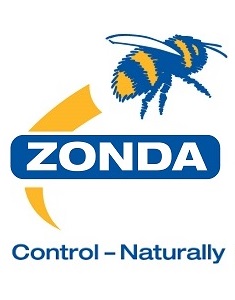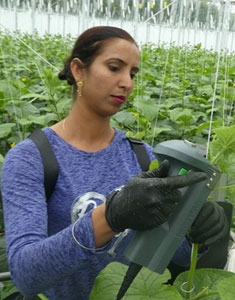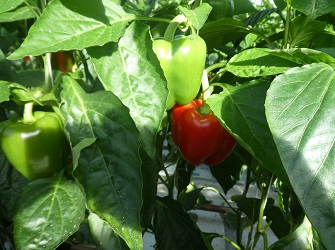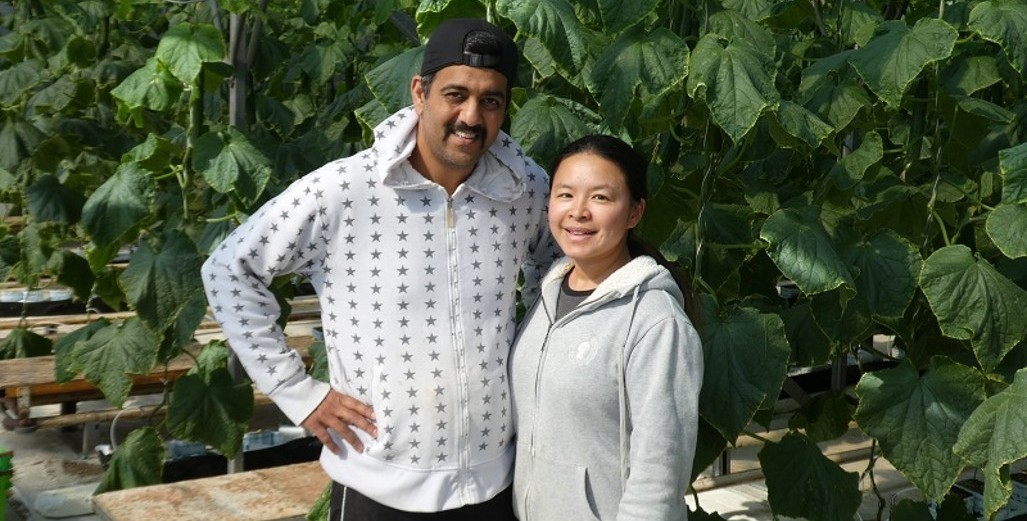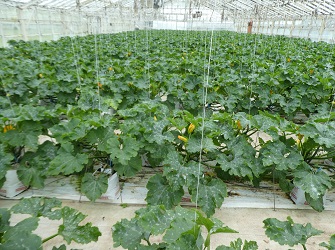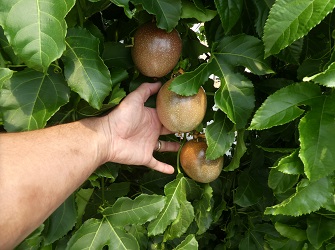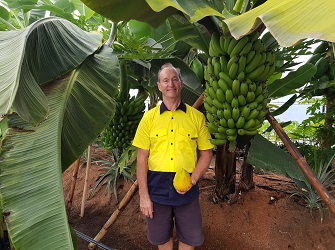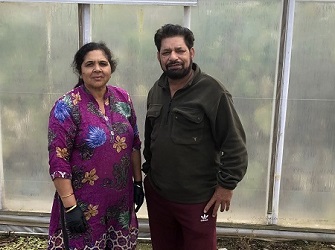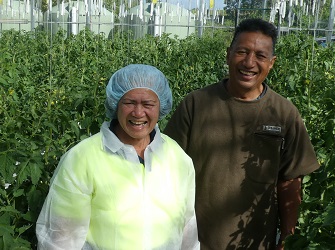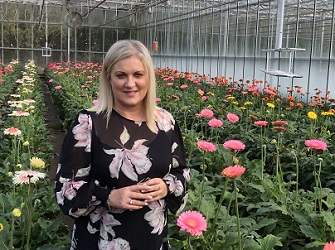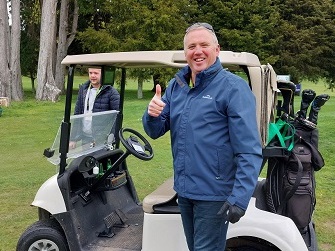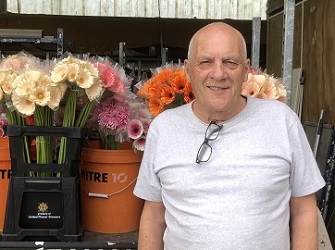Sign up here to subscribe to the Grower2grower Ezine. Every two weeks you will receive new articles, specific to the protected cropping industry, informing you of industry news and events straight to your inbox.
Nov 2023
Maximizing Crop Yields with Nanobubbles
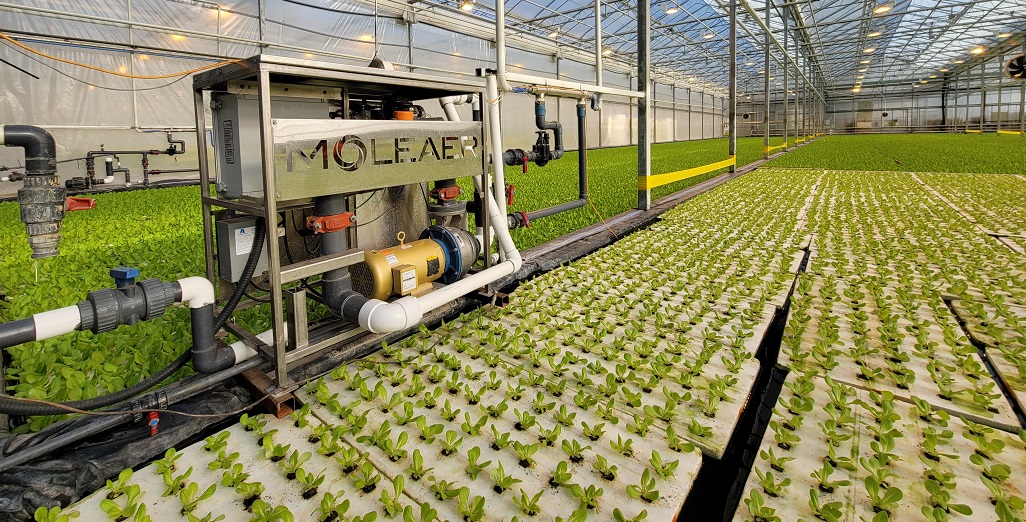
Irrigation Efficiency Strategies in areas with frequent droughts and high temperatures
As the effects of climate change become more apparent, the agricultural sector faces longer periods of drought, higher temperatures, and in some cases restrictions on water availability. This not only affects plants directly, but it also affects water quality and soil structure, becoming an even bigger problem for growers.
When the water temperature increases in the reservoir or in the irrigation tanks, the level of oxygen – necessary for the development of the roots – in the water decreases, affecting plant development, vigor, and therefore crop production. When there’s less oxygen in the irrigation water and in the root zone, this favors the growth of pathogens that normally thrive in anaerobic conditions, such as Pythium and Phytophthora, which cause diseases and affect plant development.
Finally, rising temperatures of the water on the irrigation reservoirs favors the growth of algae, causing plugging of the drippers, and promoting the accumulation of organic matter or biofilm in the irrigation lines, which also favors the growth of fungi and bacteria such as Pythium and Phytophthora. Long periods of drought and high temperatures also affect the structure of the soil, especially in soils with a higher percentage of clay, causing compaction and reducing the pore space, which in turn makes it difficult for water to infiltrate the soil and reach the root zone. Hair roots and root tips grow less in compacted soils, affecting water and nutrient uptake furthermore.
Traditional Methods to Improve Irrigation Efficiency Fall Short
Traditionally, different methods have been used to alleviate these problems, such as the aeration of irrigation water to increase oxygen, the use of chemicals for the control of algae and pathogens, the use of humectants or physical means to combat the effects of compaction, none of which is especially efficient, cost-effective or sustainable.
Nanobubble Technology has Emerged as a Multi-Pronged Solution
It has been proven that Moleaer’s nanobubble technology, injecting billions of nano-sized oxygen bubbles (2500 smaller than a grain of salt) into irrigation water, increases dissolved oxygen levels more efficiently and stably than any other method. Nanobubbles also have unique properties that provide additional benefits.
Most growers know that increased dissolved oxygen levels maximize oxygen utilization by plants and beneficial microbes in the rhizosphere, promoting healthy root development and improving plants’ resilience to environmental stressors such as drought and heat. Oxygen supersaturation from nanobubble technology also helps reduce algae and suppress pathogens in stored irrigation tanks and reservoirs.
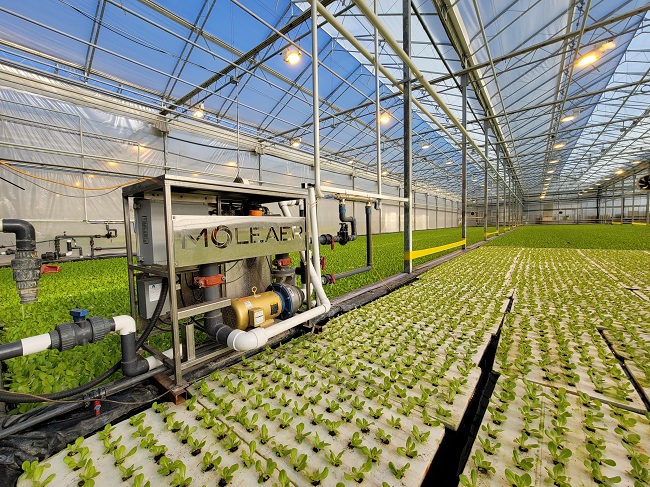
Independent researchers and universities have established that dissolved oxygen produced by Moleaer nanobubble technology is more efficient and stable than any other form of oxygenation, enabling growers to achieve optimal and more stable dissolved oxygen concentrations in their irrigation water, consistent from point of treatment all the way to the last dripper and plant.
Electrochemically charged nanobubbles also provide several additional benefits due to their size and properties. Due to their neutral buoyancy, nanobubbles remain suspended in water for weeks – unlike microbubbles and larger bubbles, altering the properties of water by reducing its surface tension and facilitating improved infiltration into the soil. Nanobubbles have also been proven to reduce soil compaction through increased soil flocculation, the process of pulling together clay particles into aggregates to create more pore space in the soil profile. Their negative charge and hard surface help scour biofilm from irrigation lines, reducing clogging and improving distribution uniformity.
Better water quality, improved infiltration and increased soil pore space supports the development of stronger, healthier root systems, resulting in more vigorous plants with better resilience to stress factors, with consequent increase in the production and quality of fruit. All this helps to optimize water use efficiency and, in many cases, reduce water consumption.
Irrigation Efficiency and Beyond: Nanobubble Technology in Crop-Specific Case Studies
Chile AVIUM Cherry Study: 40% water savings
Numerous studies carried out on various crops and in a variety of countries support these results. The most recent, carried out in Chile by AVIUM, an international reference in research in the cultivation of cherries, compared a section treated with Moleaer nanobubbles with a control. They found that nanobubble-enriched irrigation water led to more than 40% savings in water consumption, along with an improvement in the irrigation distribution uniformity and a significant reduction of sediments in the water. Most notably, they maintained the parameters of vegetative development, productivity, and fruit quality as well. The researchers determined that even though crops in the control were probably over-irrigated in this trial, they estimate that with optimal irrigation the water savings would still have been between 20-25%.
GAMA Avocado Study: 15% better irrigation distribution uniformity
Another research trial carried out in Chile by GAMA, a research institute specialized in agriculture and the environment, studied avocados irrigated with nanobubble-enriched irrigation water for more than 2 years. They observed a considerable reduction in soil compaction in the treated area compared with the control. Reduced compaction and surface tension of the water by nanobubbles resulted in higher water infiltration and larger soil pore space in areas treated by Moleaer’s nanobubble technology. Notable improvements were seen in the plant and fruit development with:
- Increased root development rates
- Better new shoot growth
- Improved size and quality of the fruits
- Increased ripening speed
Better irrigation distribution uniformity was also achieved with more than a 15% difference, maintaining the Coefficient of Uniformity (CU) over 90%.
Maricopa Orchards Nut Trial: Increased soil infiltration
Maricopa Orchards in California needed to address several challenges: drought, clayey soils and high salinity. They conducted a trial with Moleaer’s nanobubble technology to leach salts below the root zone. Compared to non-treated irrigation water, Maricopa increased soil infiltration with nanobubble-enriched irrigation water by 20 inches or 51 cm. Not only did it improve infiltration, but they also saw a reduction of salts in the root zone. Nanobubbles helped transport the salts far beyond the root zone, up to 46 inches or 116 cm in depth. These benefits enabled Maricopa to improve their crop health and yields.
Many other studies have shown higher productivity, better fruit quality, better root development, and a reduction of pathogens, among other benefits, when crops are irrigated with oxygen nanobubble-enriched water. VM Agro, a blueberry grower in Mexico also observed a reduction in water consumption, in addition to a notable reduction in algae in the reservoir, less clogging of the emitters, better irrigation uniformity and other benefits when treating the water with Moleaer nanobubbles. Spais Fiori, one of the biggest flower growers in Italy found improved soil structure, root development, and plant vigor after treating the water with Moleaer oxygen nanobubbles.
Improving Irrigation Efficiency for More Growers Worldwide
Moleaer is a leader and pioneer in industrial scale nanobubble technology with 10 patents and more than 2400 installations in 55 countries. Moleaer works with universities and research centers in the US, Latin America and Europe – including Spain, who have validated the efficiency and benefits of this technology not only in agriculture, but in other industries where water is a key factor, like aquaculture, wastewater treatment, and surface water treatment. Moleaer also has its own research and development team and its own laboratory to best understand the properties and behavior of nanobubbles making it a true knowledge leader in the field. To learn more about how nanobubbles can help crops, visit www.moleaer.com
For all media releases please send to marie@grower2grower.co.nz or upload directly: https://www.grower2grower.co.nz/article-form/
CLASSIFIED
Photo
Gallery
Subscribe to our E-Zine
More
From This Category

Tomato grower applies Tobre after contamination

Whitepaper elaborates on safe recirculation of irrigation water
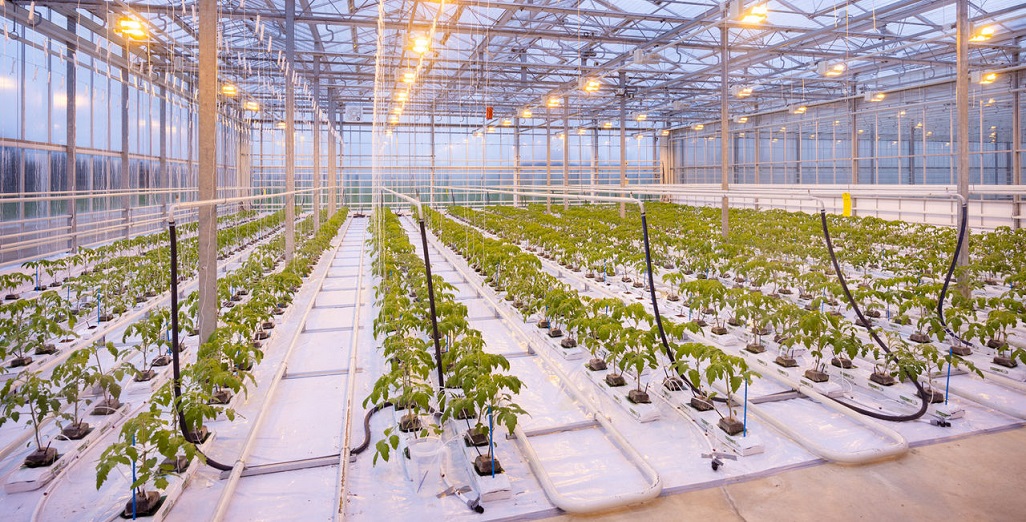
High hygiene standards are crucial to mitigate co-infection
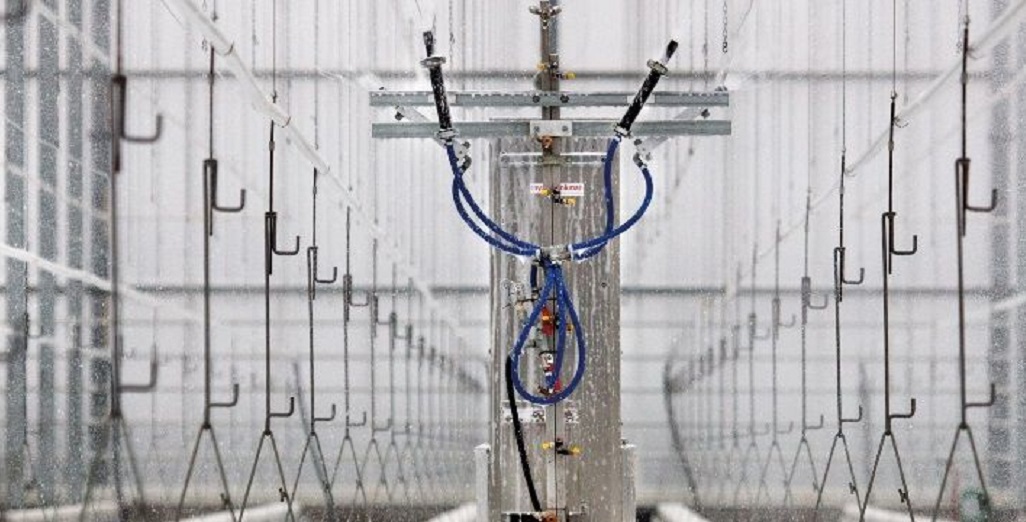
(Best of 2023) Hygiene a Priority in 2023

Maximizing Crop Yields with Nanobubbles
